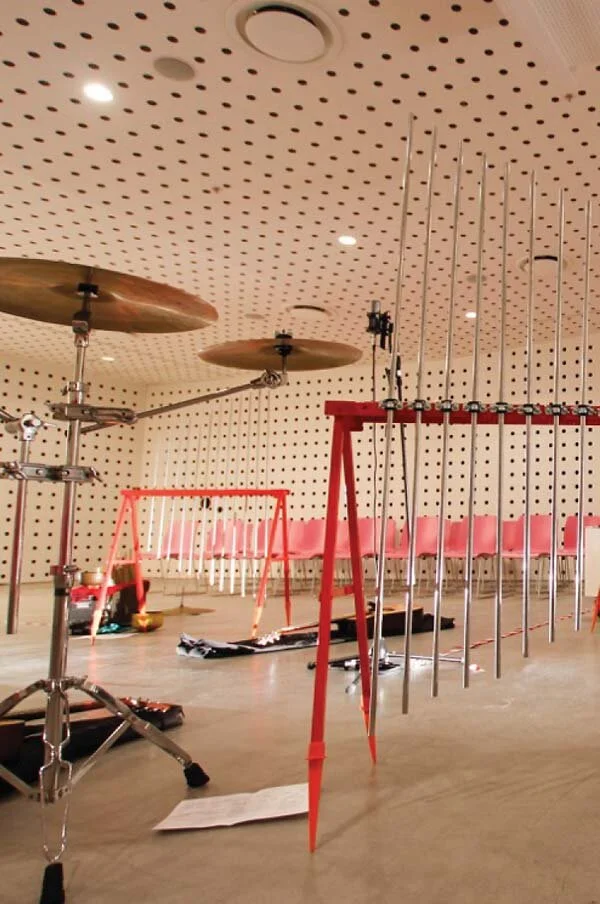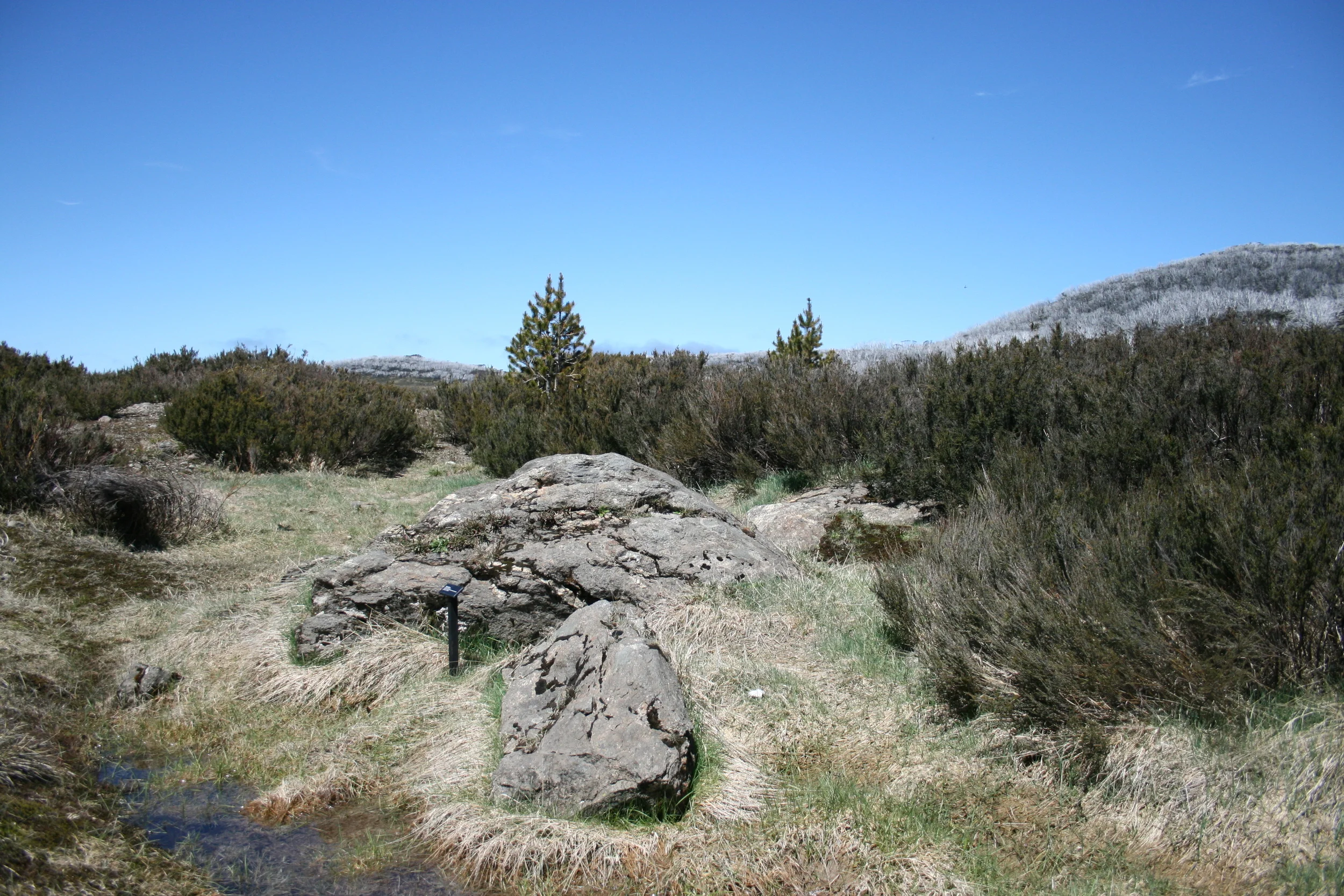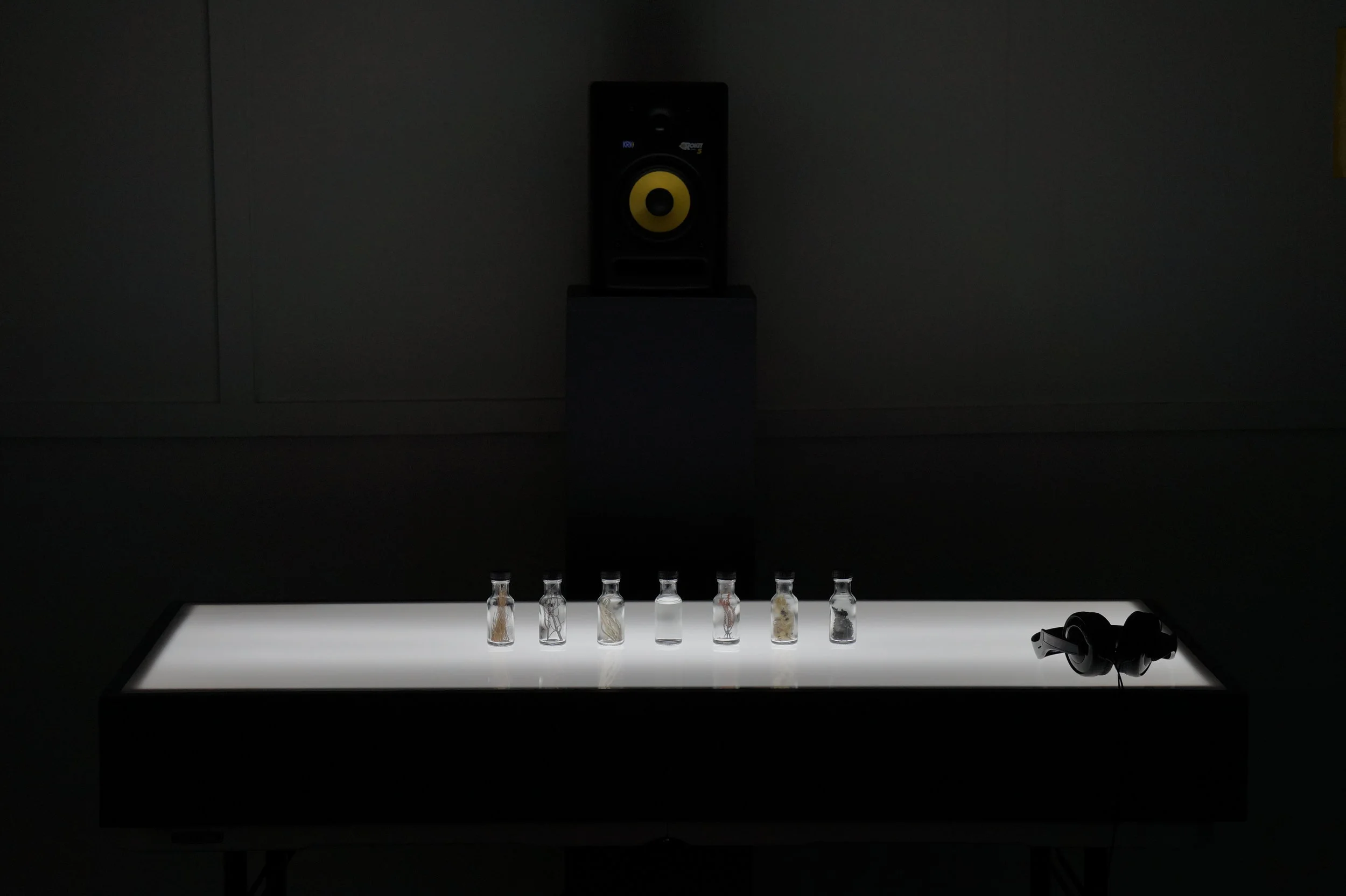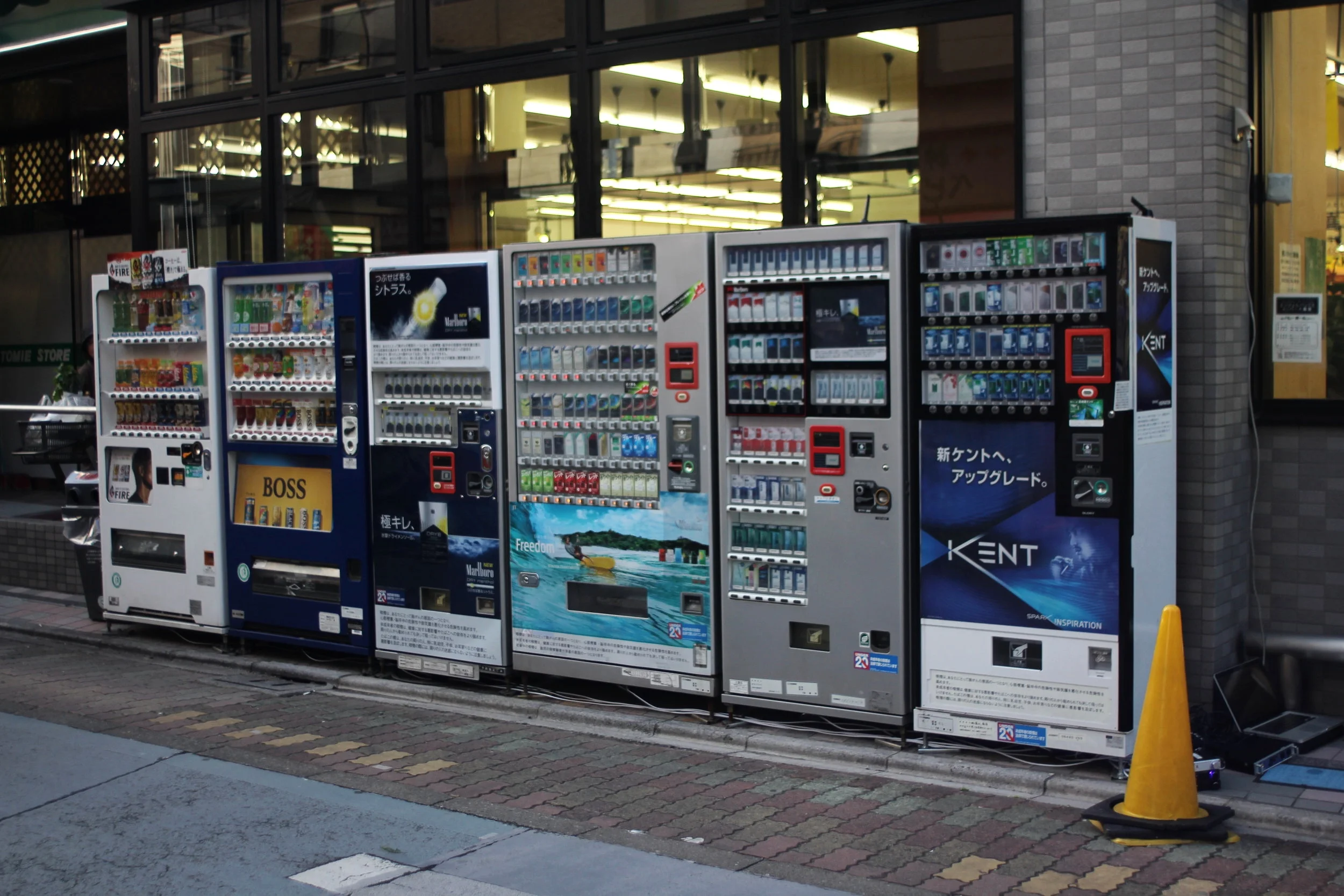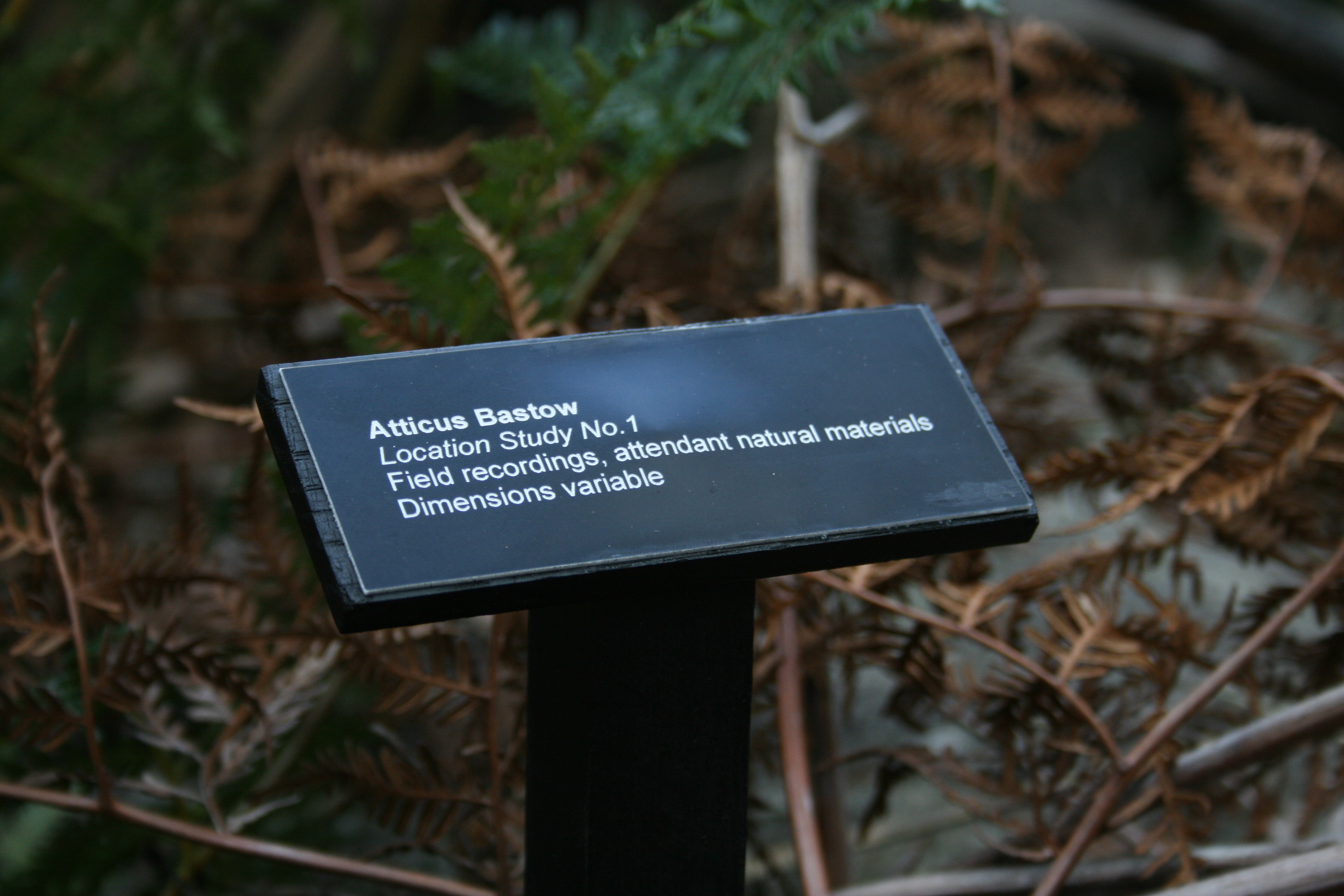available through:
Important Records
Bandcamp
Expanding from the instrumentation on their first album, these new recordings utilize Vibrissa instruments, plus a range of extended techniques on old instruments including timpani, bowed piano, bowed glockenspiel, bowed guitar as well as some new instruments like doppler rods and whirled tubes.
The majority of the recordings were done in the Old Chapel building in Melbourne, Australia. The chapel, formerly attached to the Old Melbourne Gaol boasts 10 metre high ceilings which added an enveloping acoustic ambience. At times it felt as though the spectral presences of former inmates were hovering benevolently in the rafters watching on.
Instruments
Vibrissa – Each instrument consists of twelve vertically mounted aluminium rods that are longitudinally stroked with gloved hands to produce ethereal “singing” tones. The long sustaining nature of the rods sound and microtonal tunings allow players a sonic palette of complex textures and harmonic complexity.
Long Rods – Aluminium rods (2 metres plus). These were mounted horizontally on resonators and bowed in a similar manner to the Vibrissa. (The length of the rod determines the pitch), The long rods were recorded as “close tuned” pairs for beating effects.
Long Wires – 20 m long steel wires attached to steel resonators. The wires were bowed and struck with rosined hands. Sounds range from ghostly harmonics to violent percussions.
Doppler rods – Vibrissa rods, played and spun by hand to produce a wavering pitch.
Whirled tubing – Lengths of corrugated tubing spun overhead for harmonic effects. Changing the speed of rotation creates pitch shifting and tonal effects.
Bowed Glockenspiel – Re-tuned glockenspiels that are close tuned for a shimmering effect. Played with violin bows.
Bowed Piano – Rosined fishing wire is threaded through the strings. A back and forth bowing with the sustain pedal down produces a variety of harmonic bowing effects. These techniques were inspired by Stephen Scotts bowed piano innovations.
Bowed Guitar – Acoustic guitar played with an e-bow. Low tunings yield percussive and grating frictions as well as deep drones.
Timpani – Orchestral percussion redeployed.







